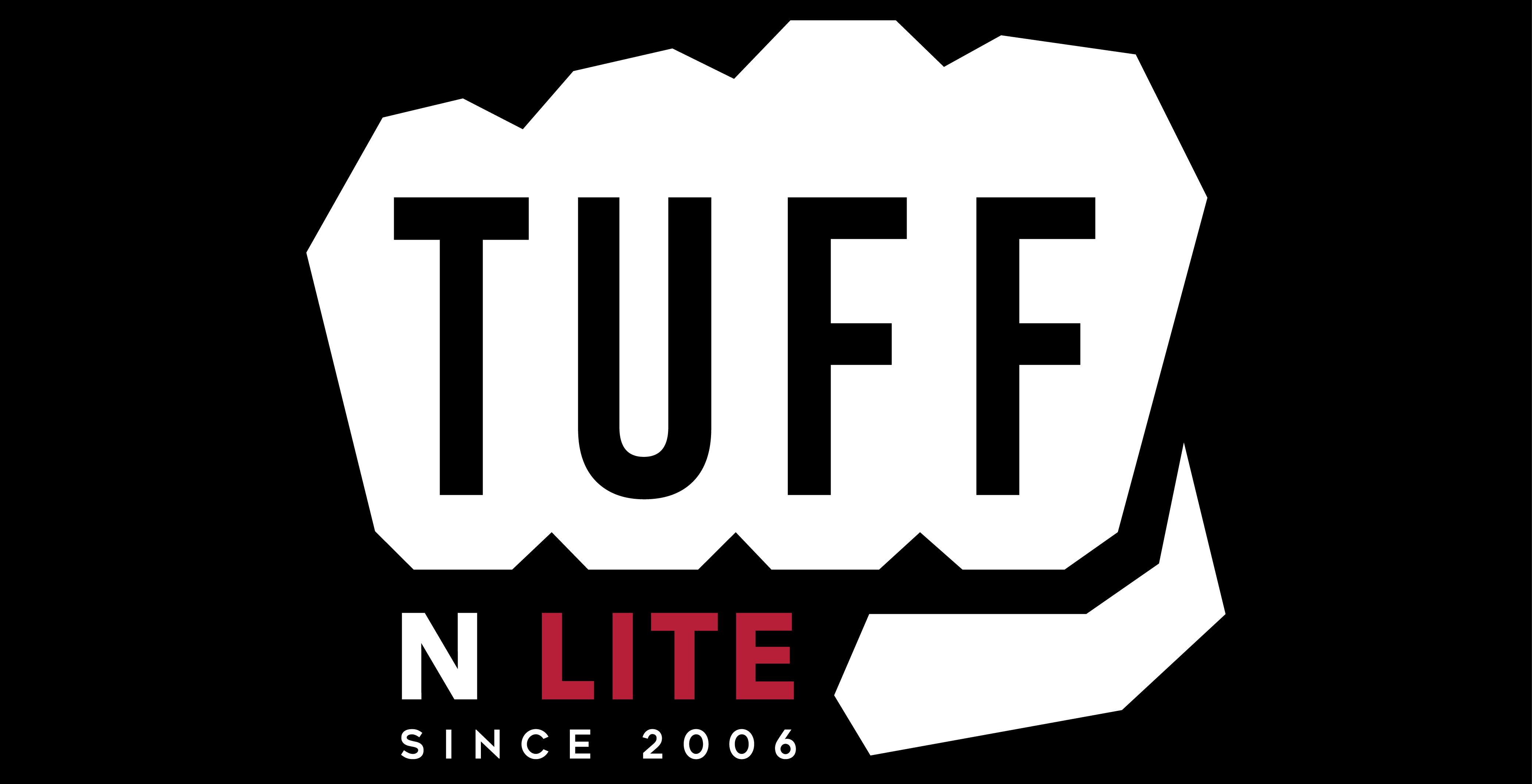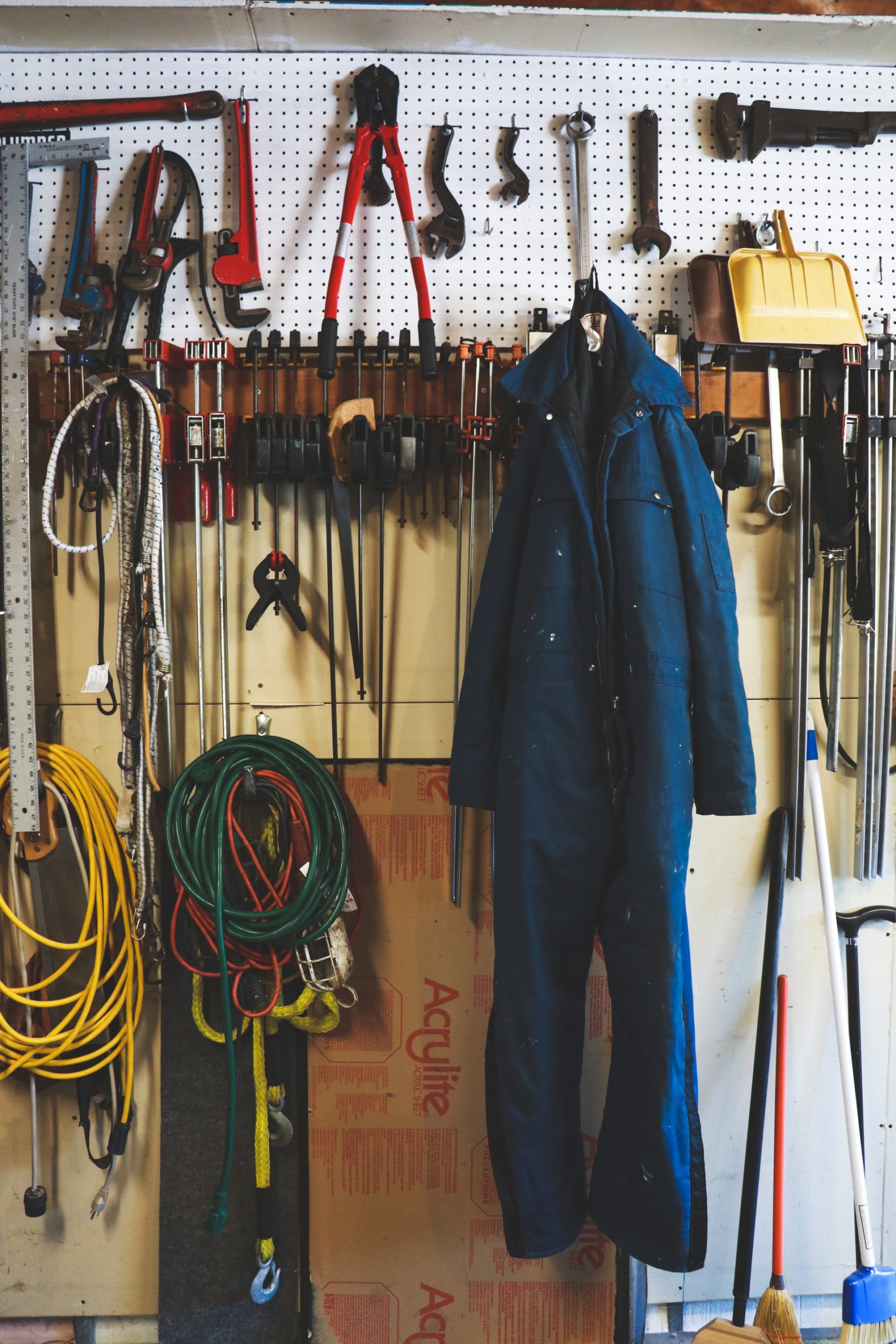How to Know When It’s Time to Replace Cut-Resistant PPE
As strong as PPE can be, it’s not designed to last forever. Even the most durable materials will degrade and wear down over time, and when they do, they need to be replaced right away.
Some signs of wear are easy to spot, while others can be a bit more difficult to detect. Luckily, there are ways to identify when wearable PPE has been worn down.
In this blog, our Tuff-N-Lite safety experts are going to show you how to recognize worn-out PPE, as well as give you tips on how to better care for your equipment. Worn-out PPE puts lives at risk, and knowing when to replace it is crucial to maintaining a healthy workplace.
How Does PPE Get Worn-Out?
A piece of PPE, like any piece of equipment, will get worn down over time. However, there are specific actions that can accelerate wear and tear.
Regular Use & Repetitive Motion
This is a pretty straightforward source of degradation. Throughout the day, your employees will be operating machinery, handling , or operating vehicles. Depending on how much force they are applying while working, their PPE may wear out at different rates.
Ultimately, the task or process an employee is carrying out will affect how long it takes a piece of PPE to wear down.
Using PPE as a Tool
Perhaps the most prominent source of advanced PPE degradation is when pieces of equipment are used as tools, not safety items. This is much more common than you probably think.
When workers are tasked with moving sheets of glass of a certain size, OSHA regulations state that they should get help from a second person to move the product safely. However, there are many times when these workers try to transfer glass to a rack on their own by using their body as a pivot point. They do this by turning and sliding the glass across their body and onto the rack.
This is just one example of PPE being misused. As Tuff-N-Lite CEO Matt Kolmes says, “A piece of wearable PPE is not a tool. You should wear it like you’d wear a hard hat, safety glasses, or any item designed to protect you.”
Using PPE as a tool can wear it down quicker, shortening its usable lifespan.
Elements That Degrade PPE
In the glass industry and beyond, sweat, dirt and sunlight, and washing can seriously degrade para-aramid PPE. This is not the case with UHMWPE (ultra-high molecular weight polyethylene) and HPPE (high-performance polyethylene) composite yarn-based PPE. The element that can contribute to the degradation of UHMWPE and HPPE is improper laundering.
This is the single biggest cause of degradation after mechanical wear. The main reason this occurs is that most people do not read or follow the laundering instructions. This is a huge mistake.
When you rely on a safety jacket to save your life and you purchase a high-quality piece of PPE, you’re making an investment in keeping your employees safe. Washing that PPE according to the laundry instructions is critical to its durability.
How To Identify Worn-Out PPE
Now that we’ve established what can cause PPE to deteriorate, let’s examine what to look for to see when your equipment needs replacing.
When checking PPE to see if it needs replacing, look for the following warning signs:
- Visibly thin fabric
- Frayed fabric & holes
- Discoloration
Visibly Thin Fabric
When looking for visibly thin material, you should be checking to see if sections of the equipment are noticeably thinner or more see-through than the rest. You can also conduct a light test by holding the fabric up to a light source. If you can see through some areas more than others, chances are the PPE needs to be replaced.
Frayed Fabric & Holes
Frayed fabric and holes are easy to spot on PPE, and should be addressed if present. Even if other areas of the equipment are entirely intact, the equipment should be retired. A compromise in one area of the PPE should be treated as a complete compromise of the equipment, as it has the potential to weaken the structural integrity of the entire piece.
Discoloration
Discoloration is also a warning sign of worn-out PPE. When equipment begins to turn white, that means that the core of the fabric is exposed. If the core is exposed, that means most of the yarn has been worn away, and the equipment is thinned out. If you see discoloration on a piece of PPE, it should be replaced immediately.
If you spot any of these warning signs or anything else that doesn’t look quite right, it is usually best to replace the equipment. Kolmes says, “If it’s questionable, retire it.” It is always best to be safe and replace the equipment if something looks wrong than risk an injury.
How To Make PPE Last Longer
While there are plenty of ways that PPE can be worn down quickly, there are ways to make it last longer as well. There’s no way to stop the wear and tear caused by constant use, but other sources of deterioration can be protected against.
Do Not Use PPE As a Tool
The most preventable is the use of PPE as a tool, which can take a jacket that should last years and wear it down in a matter of months. The solution to this problem is simple: teamwork. Lifting and handling materials like glass on your own is dangerous, so by utilizing others, you both protect yourself and your PPE from potential harm.
Launder Your PPE Correctly
Another element to consider is how to care for and maintain PPE properly. Wearable equipment is going to begin smelling after some use, which means it will have to be washed. However, very few people know the proper way to launder their PPE.
Cleaning your equipment incorrectly degrades the cut-resistance level, so taking proper care of your PPE is crucial. Always be sure to consult the manufacturer of your equipment for proper care instructions (Tuff-N-Lite PPE should be machine washed cold and tumble dried at a low temperature, or with no heat!)
By making these small but crucial changes to your routine, you can enhance the longevity of your PPE by months or even years.
Keeping Your Workplace Safe
There’s no piece of equipment, wearable or otherwise, that is designed to last forever. Your PPE is no different.
By checking equipment for thin or frayed fabric, holes, soiling, or discoloration, you can ensure your PPE is shielding you and your workers properly. Using equipment that has degraded can be dangerous, so being aware of the state of your jackets, aprons, gloves, sleeves, or other items is vital for maintaining a safe workspace.
If you use this guide, you will be able to identify the signs of worn-out PPE in all its shapes and forms, as well as help the equipment you have last even longer. As a result, you will see decreased spending on equipment and a safer workplace overall.
Have More Questions?
If you still have questions about replacing worn-out equipment or any other PPE needs, our experts are happy to help. If you’re not sure whether your PPE needs to be replaced, send us some photos and our experts can help you evaluate their condition.
You can get in touch with us by contacting us here.

